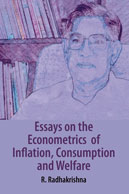New Releases...
Download Catalogue...
Detailed info...
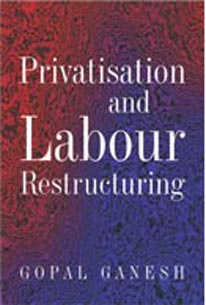
Hard-cover • 2008
Pages: 292
ISBN: 9788171886340
INR 795
+ Add to Cart
Publisher:
Academic Foundation
Privatisation and Labour Restructuring
Gopal Ganesh
About the Book
Reviews
A highly useful reference work for policy makers in developing countries.
(Excerpt from the Foreword to this book)
— G.V. Ramakrishna first Chairman, Disinvestment
Commission of India.
Gopal Ganesh, a distinguished scholar and civil servant, presents a lucid analysis of international experience of labour restructuring and privatisation in Sri Lanka and India with particular reference to its effects on labour and employment... Even as he shows concern for labour, which is made to bear the maximum brunt of global competition and privatisation, Gopal Ganesh sees the need for privatisation.
— C.S. Venkata Ratnam Director, International
Management Institute, New Delhi.
Not only does the book give insights into the privatisation of several enterprises in India and Sri Lanka, but it provides valuable information on the experience of privatisation in several countries in the world.
— R.C. Bhargava, former Chairman & Managing
Director, Maruti Suzuki India Limited.
An extremely useful analytical chronology of the privatisation efforts in India and Sri Lanka; its strengths, weaknesses, missed opportunities and policy corrections. The comparative analysis between the Sri Lankan and Indian experience as two important emerging markets, highlights the similarities and asymmetries which has lessons for other emerging markets.
— N.K. Singh, former Member, Planning
Commission, Government of India.
Dr. Ganesh has an unique advantage over other scholars on this issue as he had a ringside view of how India organized an Independent commission to deal with disinvestment of public undertakings in India, and the legal, administrative and political hurdles faced in launching a rational disinvestment process... This book will be read with interest by scholars, decision makers and public enterprise chiefs who have a stake in public sector reforms.
— T.L. Sankar, Padma Bhushan, former Director,
Administrative Staff College of India.
This research study brings out the methodology, the organisaiton and the problems encountered in undertaking this privatisation. The author believes that the privatisation process would suffer seriously in developing countries unless the attendant problems as brought out in case studies are satisfactory resolved. The book is based on meticulous field studies and is comprehensive in scope.
— Ishwar Dayal, former Director, Indian Institute of
Management (IIM), Lucknow.


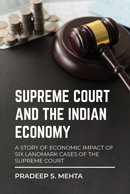




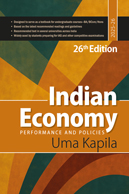
-web-194.jpg)
-front.jpg)
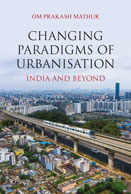










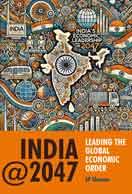


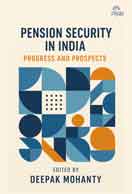
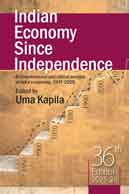











-COVER-web-194.jpg)





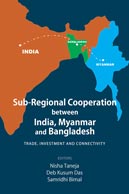
























.jpg)






